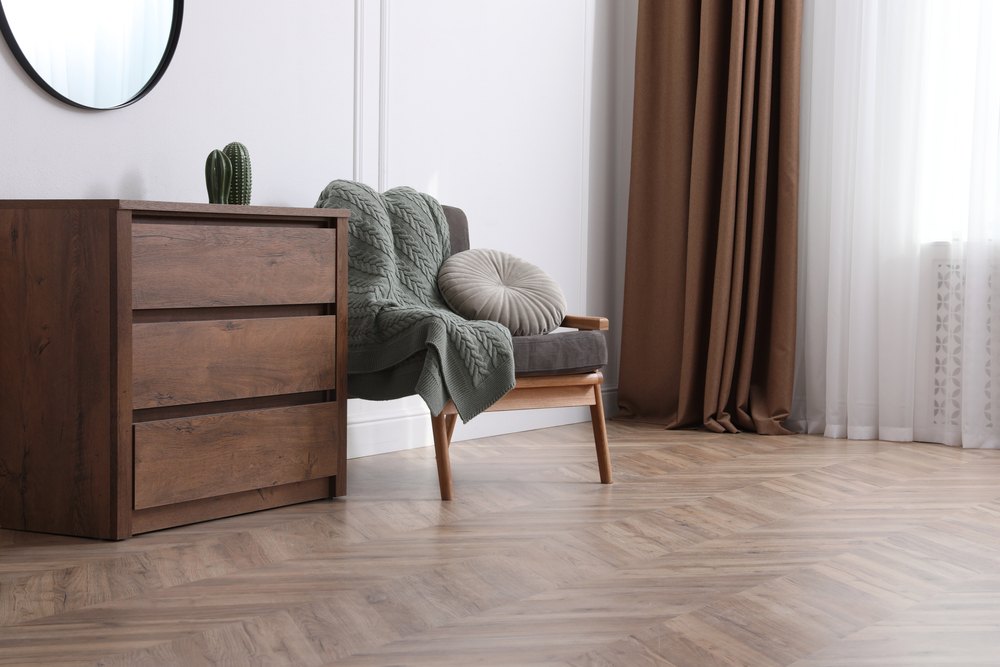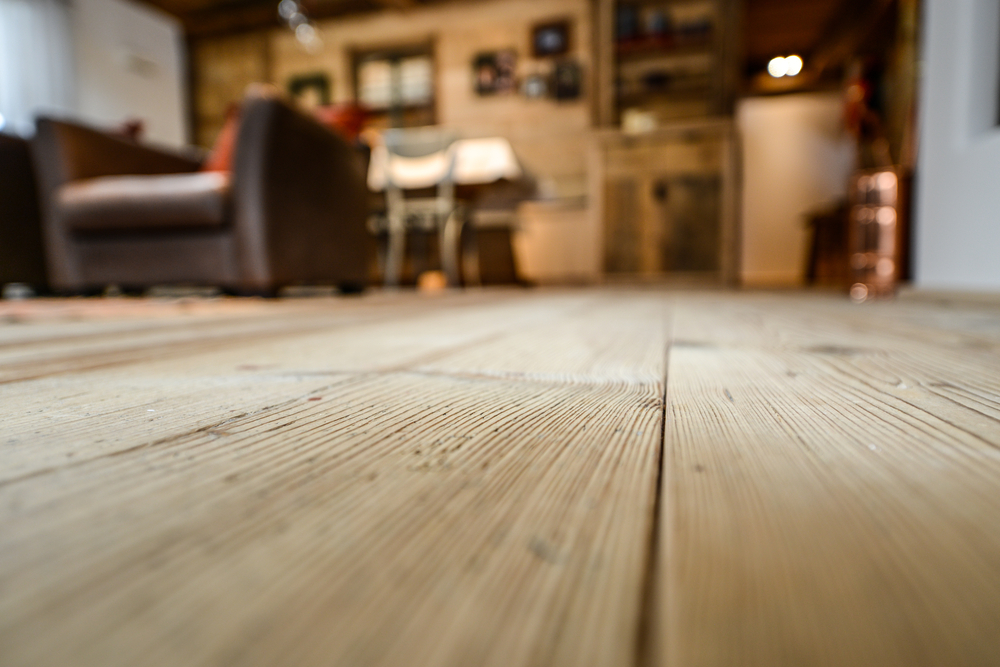Your Ultimate Guide To The Types of Wood Flooring
It is understandable if you are having difficulty choosing the ideal wooden floor for your home, as that is one major problem homeowners encounter when remodeling their apartments. Hence, we have decided to help you make the right choice. Below is everything you need to know about the different types of wood flooring.

Types of Wood Flooring
Solid Hardwood Flooring
Solid hardwood flooring is made with a single solid piece of wood. Many older homes often have this type of flooring. Solid hardwood flooring is a very costly wood flooring while being one of the most versatile. Regular maintenance includes the use of specialized cleansers and buffers. Often, you’ll need to apply a new coat of paint or stain every three to five years.
The significant susceptibility of this kind of flooring to moisture means that you should keep it out of areas with a lot of humidity. The durability & lifespan of your solid wood flooring can also be increased with periodic sanding. Solid hardwood comes in various varieties: oak, maple, cherry, walnut, bamboo, ash, and teak. Species-specific color variations include red, white, brown, and gray shades.
Pros of Solid Hardwood Flooring
- There are several solid hardwood species, all of which have a warm natural appearance.
- Prefinished flooring is quite durable.
- It has an excellent wear resistance
- It often raises the value of homes.
Cons of Solid Hardwood Flooring
- Solid hardwood is prone to moisture damage because it stretches and shrinks in response to changes in humidity.
- Solid hardwood can easily get scratched, scraped, and dented.
- While under direct sunlight, several species readily discolor.
- It is unsuitable for basements, laundry rooms, and other moist areas.
Engineered Wood Flooring
Engineered wood flooring comprises layers of veneered wood over synthetic materials. Its structure is strengthened with components that are more durable than wood. The top layer of wood is laid over a subfloor during the construction of engineered wood flooring. This subfloor is constructed from many layers of wood or durable synthetic material, such as concrete.
They often arrive pre-finished and are more resistant to warping and gaping than solid hardwood boards. These boards, however, cannot be refinished since they are constructed of thin layers.
Engineered wood flooring could be a better option if you are on a tight budget. Also, it is more effective at resisting moisture and humidity. Nevertheless, this wood flooring cannot be sanded or refinished, unlike solid hardwood flooring.
Pros of Engineered Wood Flooring
- It is an inexpensive type of wood flooring.
- It can resist high humidity levels without expanding or shrinking since it is often constructed of thin layers of wood linked together with adhesives.
- Engineered hardwood can be waterproof if built and sealed properly, making it the perfect choice for bathrooms and basements.
- It is less prone to warp.
Cons of Engineered Wood Flooring
- It is less durable than solid wood.
- Engineered wood floors can only be refinished once or twice.
- It cracks very easily.
- The quality differs.
Parquet Flooring
Parquet Flooring is one of the most well-known varieties of natural wood flooring. It has wood that has been placed in fascinating patterns. Before now, each piece of a parquet floor was installed separately. Nevertheless, most modern parquets are tile-based and fixed by affixing tiles to the subfloor using glue, nails, or staples.
Pros of Parquet Flooring
- It is sturdy and simple to maintain.
- It comes in a range of designs and patterns.
Cons of Parquet Flooring
- It costs a lot to install.
- It’s easily prone to scratches.
- It fades when exposed to direct sunlight.
- It is not resistant to water.

Things to Take Into Account When Choosing Wood Flooring
Moisture resistance
Consider where you live and the atmosphere before opting for any wooden flooring. While hardwood may be used in any environment, your location must be considered. In most cases, solid wood flooring will suffer greater damage from moisture, heat, and humidity exposure than engineered wood flooring would. In installing solid wood flooring, it is important to remember that seasonal temperature changes might cause the wood to expand, potentially cracking the floor. Nevertheless, this is fine with engineered wood flooring. As a result, with the engineered wood choice, you won’t have to stress about these issues. If you stay in an area with a dry climate, you may need to operate a humidifier throughout the winter to keep the humidity constant. You could require air conditioning if you live somewhere with long, humid summers.
Hardness
The various hardness grading systems are used to assess the resilience of wood flooring. Greater hardness hardwoods are more appropriate for rooms with heavy furniture and frequent foot activity than softer woods. Harder woods are less prone to scratch and dent.
Appearance
The hardest choice, whether solid or engineered wood, is what kind of wood to choose. Although some could have knots or fluctuating color, others have finer grains or a more consistent texture. Always select a color and style that compliments the room’s overall design. Bring home big sample boards of each wood that appeals to you before making a decision, and move them from room to room to get an idea of how they will seem. The colors you see at home and in the shop may be different. To ensure the samples don’t clash, place them next to existing woodwork, furniture, and baseboards.
Cost
Solid wood tends to be more expensive than engineered wood. For instance, engineered red oak costs roughly 20% less than three-inch-wide traditional redwood.
Species
Certain types of wood are more resilient than others. The less likely the flooring will eventually get scraped and appear worn, the more durable it will be. It is best to go for harder wood flooring, especially if you want the floors to last for an extended period. White oak, red oak, walnut, hard maple, and hickory are popular, long-lasting hardwood flooring options.
Are you ready to switch up things in your home? Do you want to change your flooring? We can guide you in making the perfect wooden flooring. Or do you need an expert to give your floor a new look? We will proudly redesign your floor using the best and preferred wooden flooring. We offer our services to the five boroughs in New York and Bergen County, in New Jersey. Contact us to get a free quote today!




